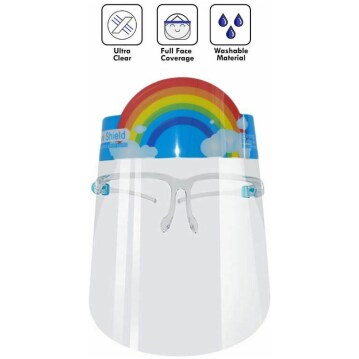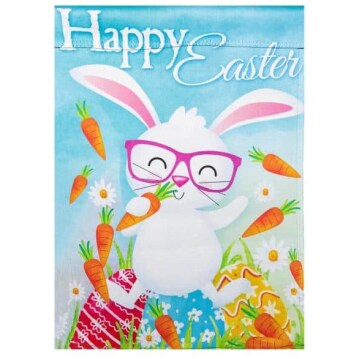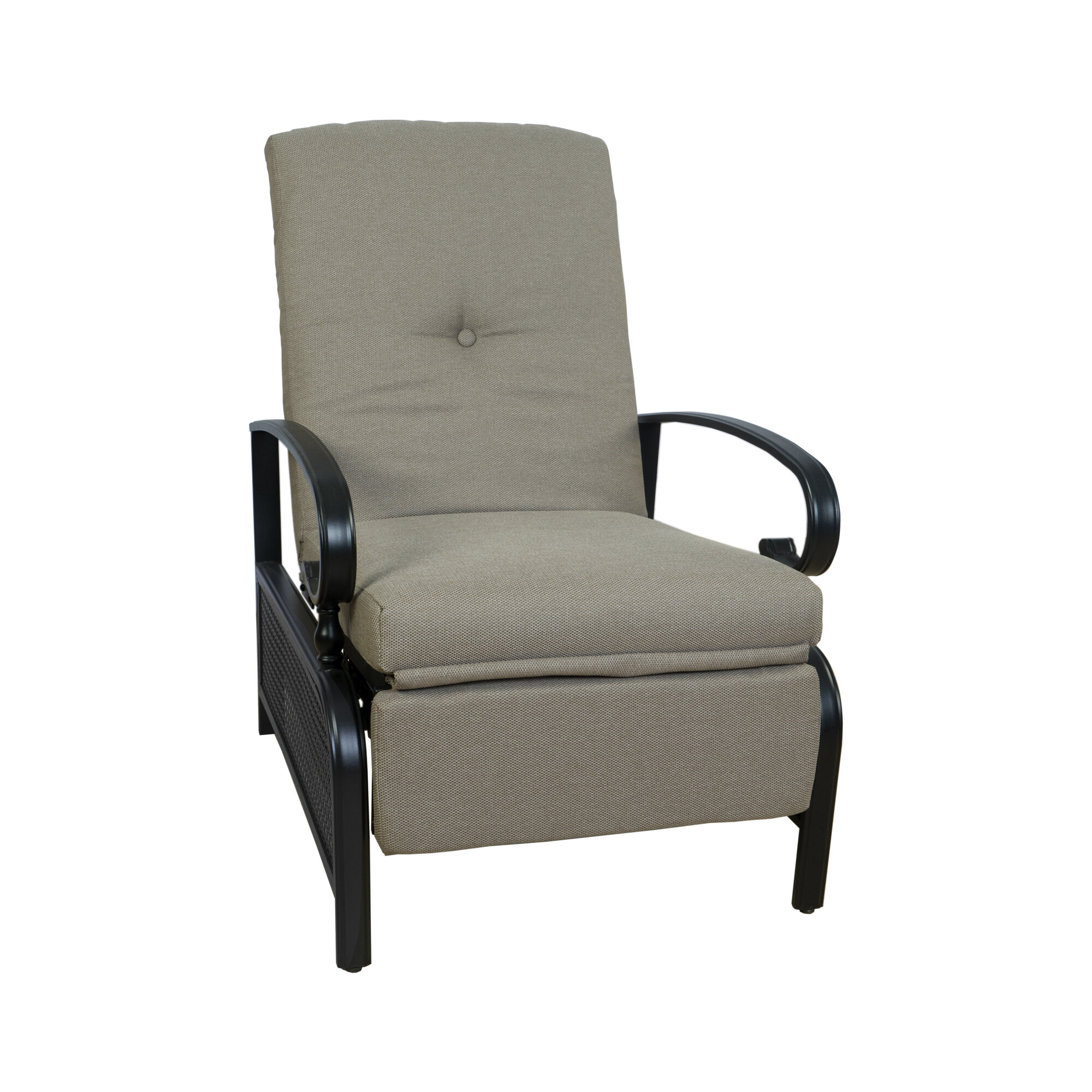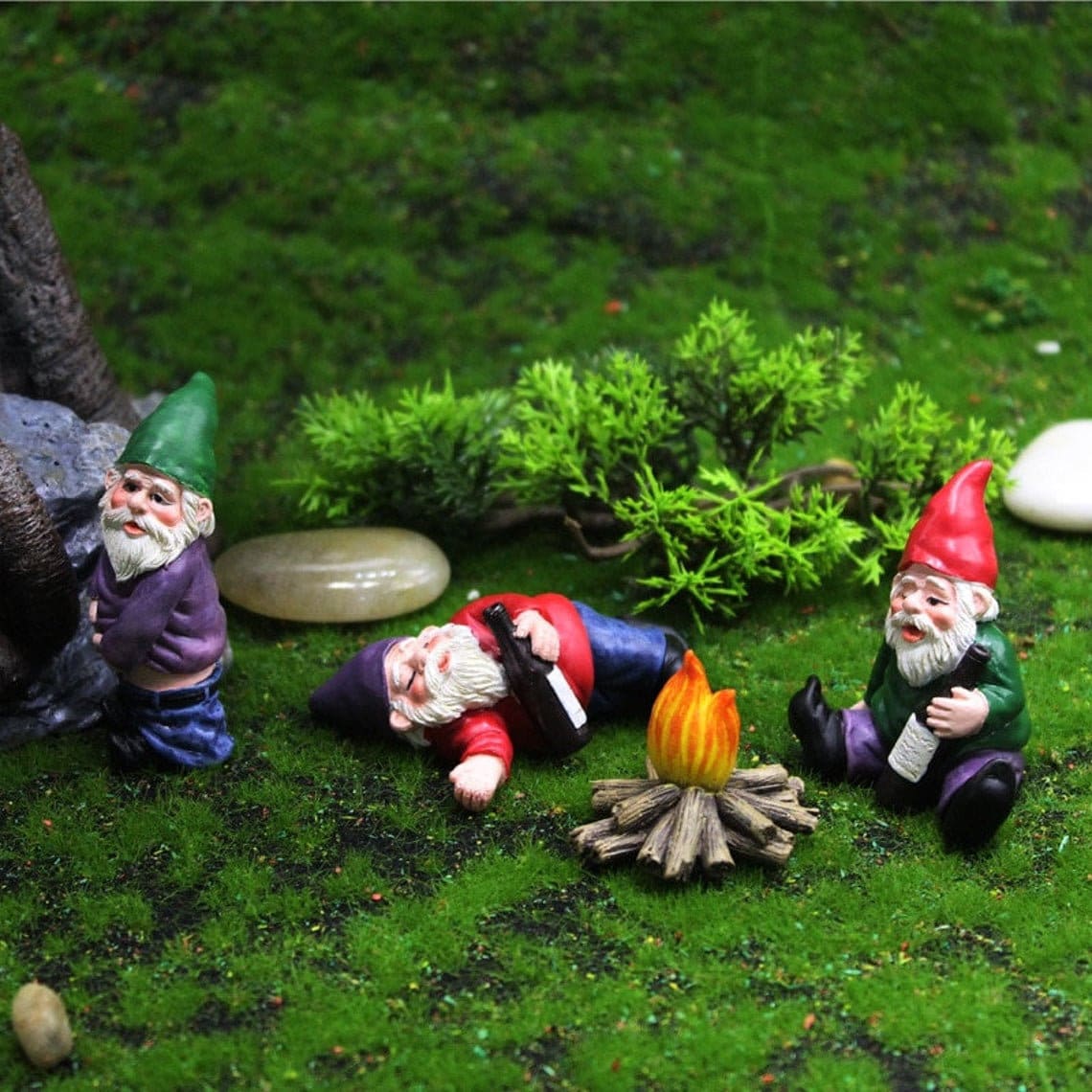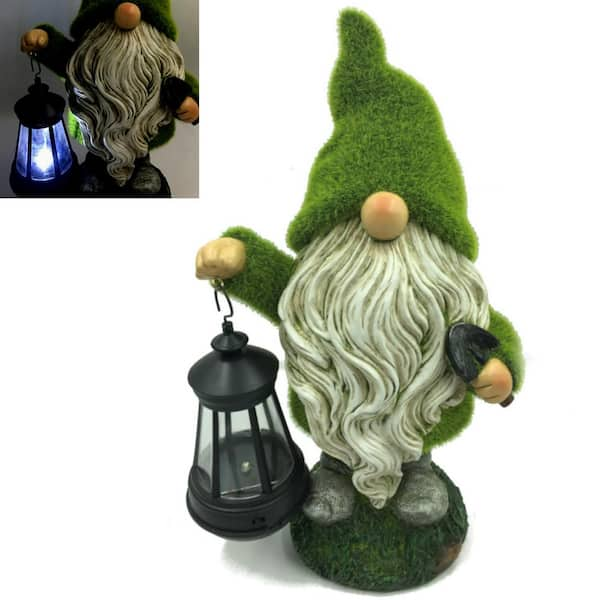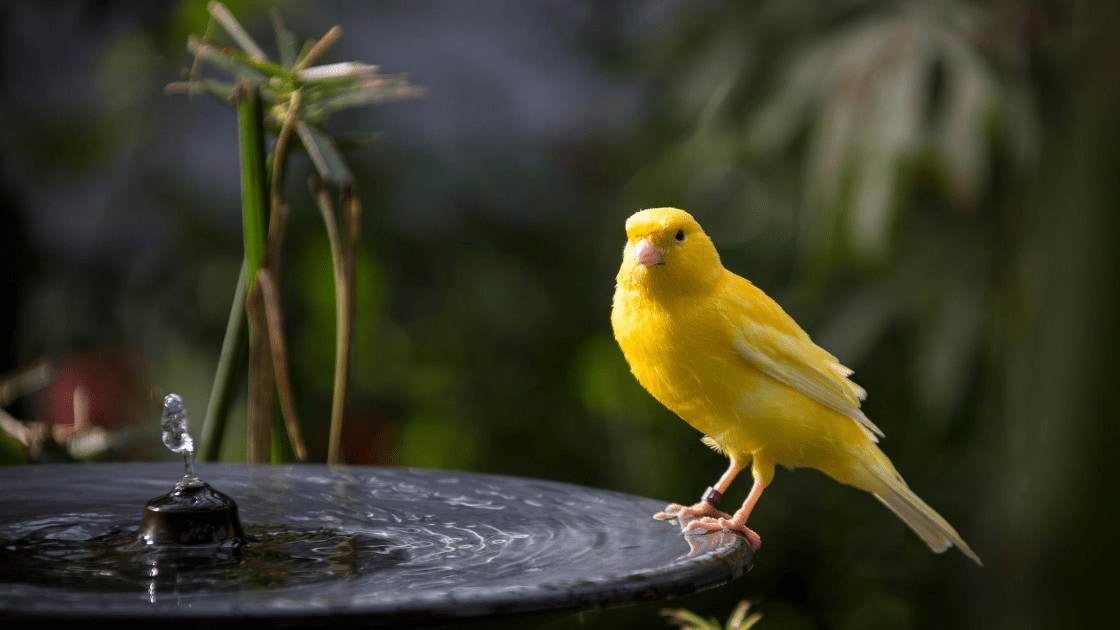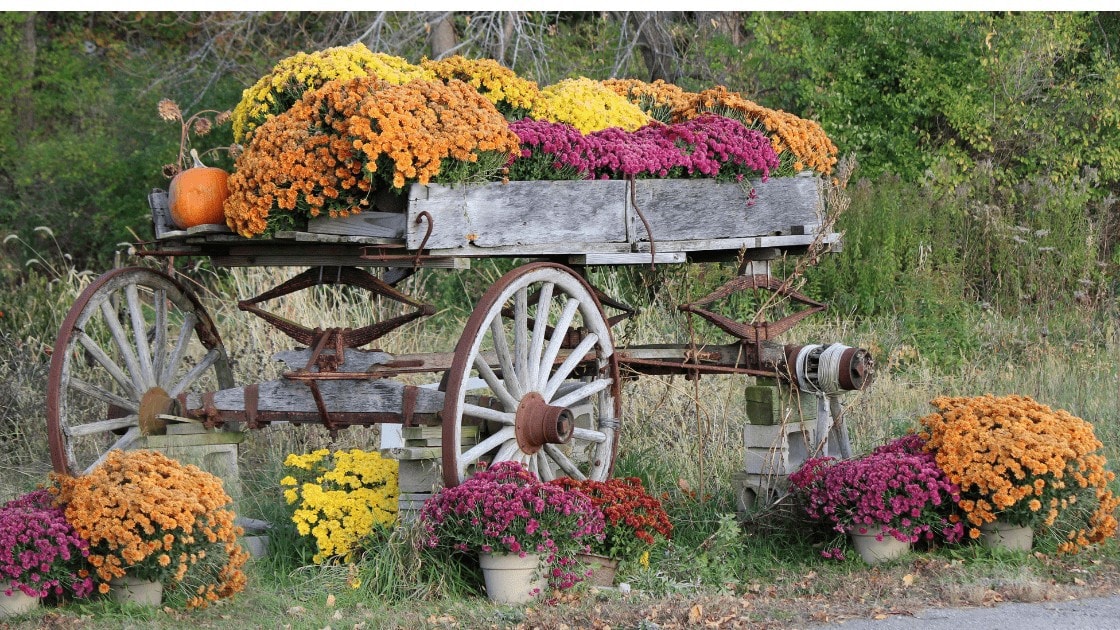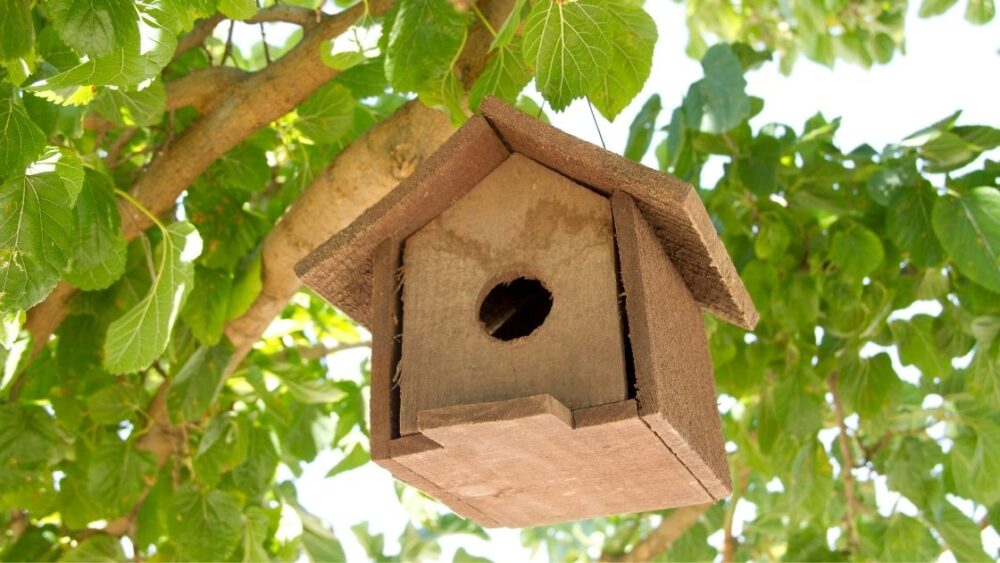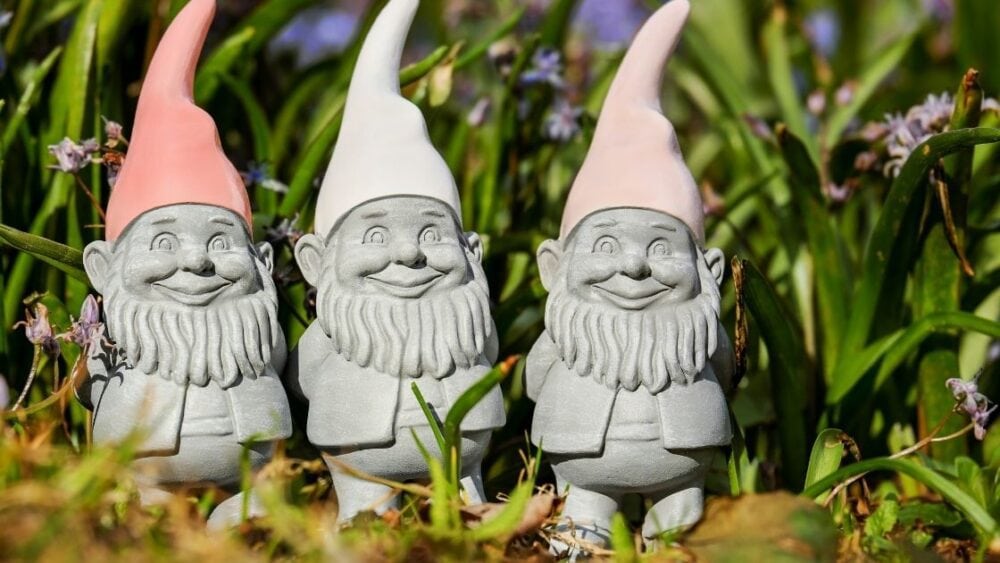
Gnome figurines originate as far back as ancient Rome, but they became popular as a garden decoration only around the late 19th century. At first, only the wealthy in Britain and France could afford them, but they soon became more widely manufactured and eventually – extremely common in most house gardens throughout Europe. In the following paragraphs, we’ll explore the symbolism behind those gnomes and take a look at what practical purposes they may serve in your garden. Let’s get started!
What Do Garden Gnomes Signify and Represent?
Garden gnomes can be viewed as mascots – they are supposed to bring good luck to the residents of a household. In modern times, however, they are often just an interesting decorative element that can simply bring some color to your garden.
In German folklore, gnomes were the guardians of underground treasures and in the past, farmers used them just for that purpose – they believed that the gnomes protected their gardens during the night. This may be partially based in practicality, as the gnomes may have scared birds and other potentially-dangerous wildlife away with their human-like appearance.
Browse our Affiliate Products
Why Do People Put Garden Gnomes in Their Gardens?

Here is a quick list of reasons why people like to put gnomes around their gardens:
Decoration
Garden gnomes often feature bright colors, like blue and bright red, which are not commonly seen in nature. Those contrast nicely with green lawns and make the whole environment more pleasing to the eye.
Symbolism
Gnomes are a symbol of good luck. It’s worth noting that symbolism doesn’t necessarily require superstition and the two aren’t connected. Any decorative element that serves no actual practical purpose is a symbolic element. In Scandinavia, gnomes are also associated with the Christmas spirit.
Connection to the old world
Many people love older music, older architecture and ancient art – those represent a connection to the ‘old world’ and bring a pleasant sense of nostalgia. Garden gnomes can serve a similar purpose. In the older world, people held many superstitions and relied more on intuition, including the farmers who often put gnomes in their gardens. From a more practical viewpoint, garden gnomes can simply be viewed as an element of retro style and design.
Practical aspects
Garden gnomes can come equipped with practical features – solar LED lights are especially common. Those usually feature a solar panel, carefully blended with the gnome design and an orb or light, held by the gnome. The gnome-style design is also incorporated into many garden tools and items, including watering cans, stationary fountains and many others.
Practical Considerations in Choosing a Garden Gnome Design
Garden gnomes come in many different sizes, shapes and building materials. Some are made out of natural resin materials, while other, more expensive ones are made out of hand-chiseled clay or stone.
The cheapest designs are lightweight and are made out of different plastics. Those cheap designs can be surprisingly difficult to break – this is a big advantage, as breaking a garden gnome (even accidentally) is known to bring bad luck!
Sizes
Originally, garden gnomes started as indoor decorations during the 1700s. Those gnomes were very small, measuring only an inch or two in height. Eventually, larger, 1 or 2-foot gnomes become popular in gardens, but in recent times, the trend is turning – tiny, 1 or 2 inch gnomes are again becoming popular as garden and lawn decorations.
Those usually feature a long stick that is attached to the body of the gnome, which goes deep into the ground and makes the gnome figurine extremely stable. Those small gnomes usually come in sets of 4 to 10, often recreating a scene together, like dancing, doing work or playing musical instruments.
As with all garden statues, check out our gazing ball and sundial articles, you may find it fits into your garden space quite nicely.
- What Are Gazing Balls Used For?
- Value and Benefits of Adding An Outdoor Sundial to Your Garden
- Also check out designtoscano.com for more statues for your home and garden needs.
What are Gnomes Made of?
Typically, the more expensive the gnomes, the heavier and more resistant to environmental conditions they are. The paint is also important and cheaper designs tend to lack good UV-resistance in their coloring. As a result, the colors will slightly fade after a few months of sun exposure. Polyresin is the most common material gnomes are made out of – it offers the best balance between price and quality and is virtually unbreakable.
Where Are Garden Gnomes Usually Placed and How Should They Be Arranged?
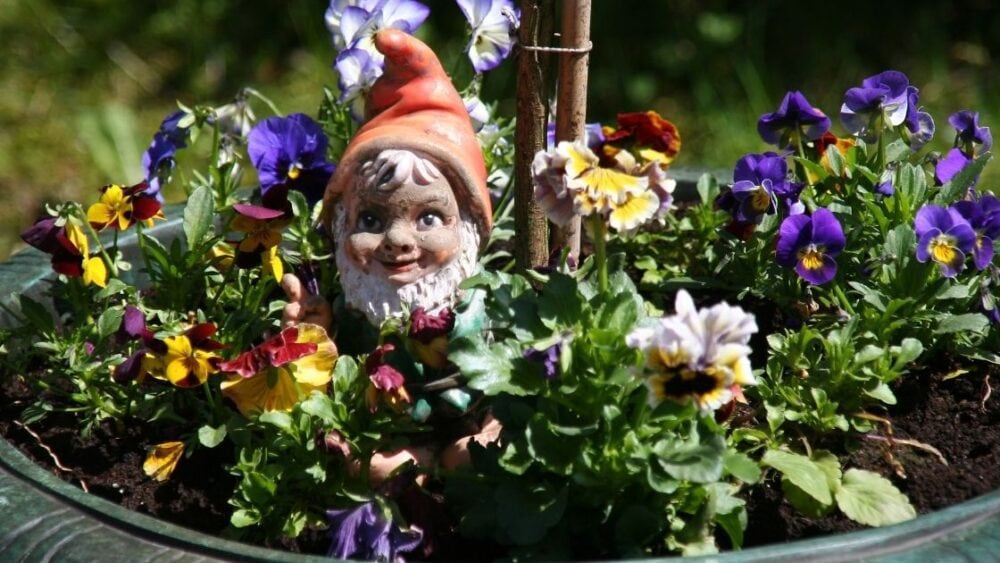
There are no rules when it comes to arranging garden gnomes – they symbolize good luck regardless of their position, orientation and number. Gnomes, designed to look like they are performing a certain activity, should obviously be placed at the corresponding location – if a gnome is lying down and sleeping, its best to place it on a grass-covered area. Gnomes that are ‘shoveling dirt’ obviously look better when placed on exposed soil.
Basic arrangement and interior/exterior design principles apply to garden gnomes. Because the gnomes are very colorful, they are best placed on bland landscapes that don’t feature a lot of other details, such as creeping vines or colorful potting containers. Here are a few other arrangement and placement ‘rules’:
- Don’t place the gnomes too close to walls or fences. This creates an unnatural, unpleasing look.
- Don’t place gnomes too close to each other, unless they feature a design that makes them look like they are performing an activity together.
- Use only one size garden gnomes for one garden area. Dramatically different gnome sizes too close to one another look unnatural.
- Don’t use too many gnomes in general – gnomes should never be the main point of focus in your garden or lawn. They should only be a small decorative element. If every guest in your garden immediately notices your gnomes and asks about them, this is usually a sign that you’ve gone overboard and used too many of them (or placed them in too obvious of a location). Garden gnomes shouldn’t be blatantly obvious and shouldn’t be the first thing a visitor notices. This also ties back to folklore – gnomes are small and live underground. When out on the surface, they are known to stay hidden between the tall grass blades.
Final Thoughts
Garden gnomes are a colorful addition to any lawn or garden, regardless of whether or not you believe in their powers of bringing good luck. The cheapest and easiest way to incorporate garden gnomes in your garden is to purchase a set of very small gnomes, which feature a tall spike that goes into the ground. Arranging garden gnomes mainly comes down to intuition and trial and error. They are best used as a low-key decorative element and not as a main point of focus in your lawn or garden, but this comes down to personal preference.
